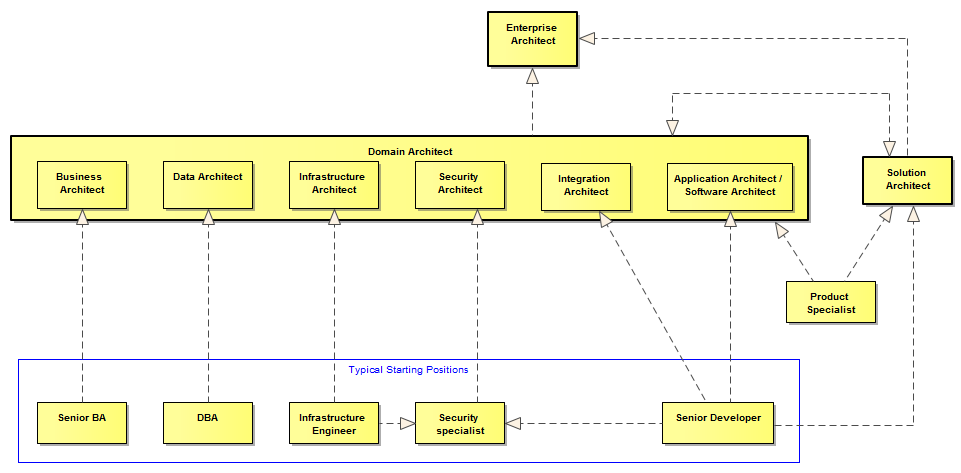
There are many fields in which physics can be applied to engineering. These include architecture, mechanical and civil design. This branch of science integrates many elements from science, such as mathematics, physics and chemistry. Mechanical engineering is a subset of this discipline. Below are some of the most common applications of physics to engineering. In addition to its use in engineering, physics can help you better understand other fields like biology and computer science.
Applied physics
The application of physics to engineer problems is called applied physics. This can be described as a bridge between engineering physics. But there are many differences. Here are the differences and how applied physics can benefit engineers. Below are some of the key differences. These differences will help you to decide whether or not applied physics is the right path for you. Applying physics requires creativity.

Quantum mechanics
Quantum mechanics can be a difficult subject to engineers. However, it is extremely useful in many fields. The study of quantum mechanics is not for the faint of heart. It can be applied in many areas of engineering, even though it requires intensive concentration and training. Quantum mechanics is useful in conceptual design, research, and development of advanced equipment. However, it may not be a good choice for students in the computer sciences or mechanical engineering departments.
Body diagrams free of charge
The purpose of free body diagrams for physics is to show the action of two different bodies. These bodies could be connected through some type of network. They are vulnerable to time periods, applied forces, and responses. You may find them to be made up of many interior components or they could be small bodies. Sometimes, you will need a variety of free bodies to solve a complex problem. Let's start by understanding what they are.
Engineering applications
The principles of Physics are used in many areas of modern life, such as the design and construction, use of electricity and transportation, and the construction and operation of solar power plants. Applications of physics in engineering can be found in countless aspects of everyday life, such as lighting and acoustics. Modern sanitation systems are also built on solid principles of physics. Even everyday necessities like bulletproof uniforms, lightweight aircraft parts, and other amenities are dependent on the principles physics.

Teaching physics to engineers using a successful educational approach
W.W. Watson, Yale, wrote one of the first reports to focus on educational strategies for teaching physics to engineers. W.W. Watson of Yale derived his ideas largely from the 1955 Report on Physics in Engineering Education. This report stressed that the most important aspect of teaching physics was curriculum. He suggested that teaching science should be about producing scientists, which would be physicists who are able to do research, and not just passing on the knowledge.
FAQ
Which engineering is the hardest?
The most challenging engineering challenge is to design a system which is both robust enough to handle all failure modes and flexible enough that future changes can be made.
This requires a lot of testing and iteration. It requires understanding how the system should behave when everything goes sour. This is where it becomes important to understand that you are not just solving a single problem.
Is engineering a good career?
Engineering is an exciting career where you can learn new things and keep improving your skills. There are many opportunities to make an impact in people's daily lives. You have many options to make a difference in people's lives.
You could design products, such as cars and planes, trains, computer systems, smartphones, and other devices. These products could be designed or built by you. Maybe you are interested in designing medical equipment. There are so many possibilities!
Engineers enjoy working with others, solving problems and finding solutions. They are always looking for new challenges and opportunities to learn.
So yes, engineering is a great career choice, but it does involve hard work and dedication. It is more than just watching TV. To get the desired results you'll have to put in a lot. But the rewards are well-worth it.
Is engineering hard to study?
It depends what you mean with "hard". It depends on what you mean by 'hard'. If you mean hard, then yes. But if you mean boring then no. Engineering isn't difficult because it involves a lot of maths, physics, and calculations.
If you're looking to learn how something works, do it! It doesn't take an engineer to become an Engineer.
Engineering is fun if you're doing something you love.
One could argue that engineering is easy if you understand everything. However, this is false.
The reason why people think engineers are boring is that they haven't tried anything else yet.
They have stuck with the same thing day after day.
However, there are many solutions to problems. Each solution has its benefits and drawbacks. You can try them all to find which one is best for you.
How long does it usually take to become an Engineer
There are many routes to engineering. Some people choose to study right away after graduating from high school. Others prefer to enroll in college.
Some students will be able to start a degree right after high school. While others will go on to a two year foundation degree program.
After completing this, they might continue onto a three or four-year honors degree. A master's degree could be an option.
You should think about what you want to do after you graduate when choosing the right route. Do you plan to continue in education or enter the workforce?
It takes different stages to complete, depending on which university you go to and whether you are taking a part-time or full-time course.
But it's important that you remember that experience and how long it took you to get a particular qualification don't always have a direct correlation. Even if you have only spent one year at college it does not mean that you will have the required skills to be an engineer.
Are you a student who wants to be an engineer?
An engineering degree does not necessarily require a bachelor's. Many employers prefer applicants with degrees. Even if your degree is not yet earned, you can still take online classes to earn it.
Are there any requirements for engineering studies?
No. All you need are good grades in your GCSEs. Some universities require applicants to have a certain level of academic achievement before they are allowed to enroll. Cambridge University for instance requires applicants to have A*-C in Maths, English Language, Science, and Maths.
These requirements are not met, so you may need to take additional courses to prepare you for university entrance exams.
Additional maths/science subjects or a language course might be required. These options can be discussed with your school's guidance counselors.
Elon Musk, what kind of engineer are you?
He's an inventor who loves to think outside of the box.
He is also a risk taker.
He isn't afraid of trying new ideas and is willing to take chances.
Elon Musk is an excellent example of someone who thinks differently than others. He doesn’t believe what everyone else is saying. Instead, he tries out his own ideas and then decides whether they worked or not. He then changes them until he gets something that works. He learns to solve problems and develop innovative ideas this way.
Statistics
- 14% of Industrial engineers design systems that combine workers, machines, and more to create a product or service to eliminate wastefulness in production processes, according to BLS efficiently. (snhu.edu)
- 8% Civil engineers solve infrastructure problems. (snhu.edu)
External Links
How To
How to read engineering drawings
Engineering drawings can be used to describe an object visually. These drawings can include many elements, such as dimensions, symbols and text. Since ancient times engineering drawings have been in existence. In Egypt 3000 BC, the first drawing was created. These drawings are used by engineers to create objects such as bridges, buildings, and machines.
Engineers use engineering drawings to describe what something looks and feels like. It makes it easier for others to comprehend what you're talking. Engineers show the measurements of things with symbols and numbers. This makes it simple for people with no engineering knowledge.
There are two main types of engineering drawings: 2D and 3D.
2D drawings can be flat representations or three-dimensional objects. These include plans as well as sections, elevations, and axonometric projections.
3D drawings depict real-life objects from many angles. These drawings are often created using computer software. SketchUp, for example, allows you to view a bridge from the sky. Then, select "View" then choose "Top view." Then you would rotate your view until you saw everything from above.
2D drawings should be viewed in the entirety. You shouldn't be focusing on just one area. You should also pay attention to the important things in the top right corner.